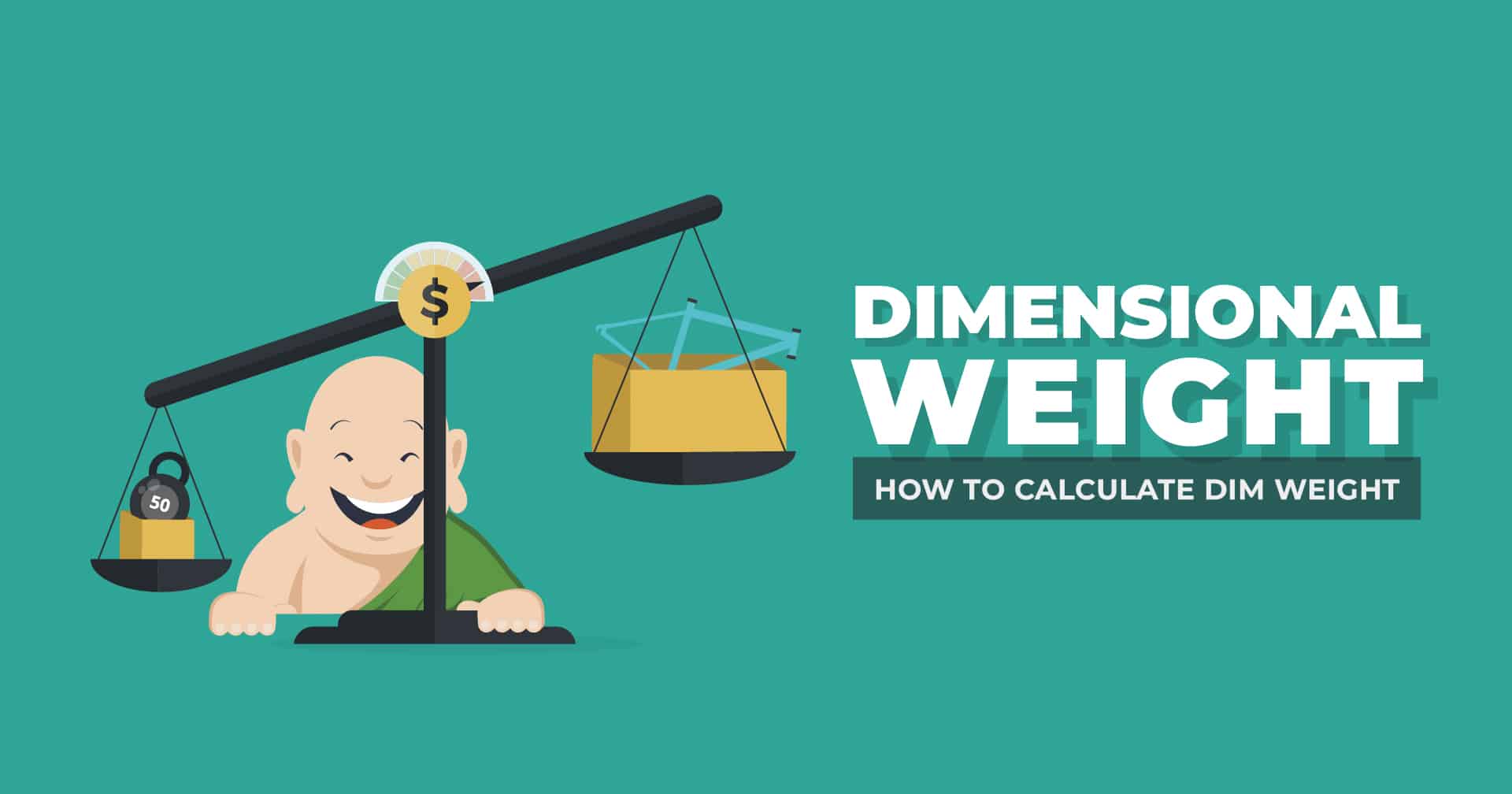Have you ever tried to close a suitcase, but you couldn’t zip it all the way because it was too full? The same stands true for carriers transporting your products: their space is limited, it’ll eventually reach capacity, and somebody’s stuff will have to be left out so the truck/plane/train/shipping container can be zipped shut.
Every carrier, no matter the shipping method or shipping service, has developed packing strategies to maximize their capacity and ultimately their revenue. To that end, carriers also created a technique to measure volumetric weight to make the most out of lightweight items that occupy more space.
In this article, we’ll teach you everything you need to know about volumetric weight, how it’s calculated, and best of all, how you can avoid it (or at least reduce it).
What is volumetric weight?
Not all weight is created equal. What you consider “light and soft” could conceivably take up a lot of space and hinder carriers from shipping with other products. Picture it this way: It costs more to ship a plane full of feather pillows than one filled with smartphones. The pillows take up more space, they cost less, and you need more shipments to make a significant profit.
That being said, volumetric weight—also known as dimensional weight (or DIM weight)—is a pricing technique used by shipping companies to ensure that they don’t lose money on large, lightweight shipments (like your pillows). Volumetric weight is calculated with a formula using the volume weight of a package based on the actual dimensions of the box.
While physical weight is the weight of the shipment according to the scale, volumetric weight is calculated based on the package’s length, width, and height. As a result, that oversized boxful of pillows might be considered heavier than a tiny little box of smartphones.
How is volumetric weight calculated?
To calculate volumetric weight, measure the length, width, and height of the box. Then multiply the results to obtain the cubic size of your package.
Here’s an example: Let’s say you have a box measuring 40 inches x 16 inches x 16 inches. Multiplying the three dimensions — 40 • 16 • 16 — gets you 10,240 cubic inches.
Depending on the shipping carrier, you’ll divide the total cubic inches by the dimensional weight divisor. For FedEx and UPS, the retail dimensional weight divisor is 139, while both DHL and USPS use 166 as the DIM factor for packages less than 1,728 cubic inches (or 1 cubic foot).
So, if you ship that box domestically via UPS, its dimensional weight equals 74 lbs (or 10,240 divided by 139).
Note: In kilograms, the formula is L*W*H/6000 for domestic shipments and L*W*H/5000 for international shipments.
Pro Tip: Make sure you always round up the results. For instance, the length of the package is 24.25, round it up to 25.
Can volumetric weight be avoided?
To some degree, yes, volumetric weight can be avoided or at least reduced. First, try making your package as small as possible. Ecommerce fulfillment companies (also referred to as 3PLs) that help sellers manage their shipments often provide packaging services to maximize the space and reduce shipping costs. Commonly they’ll remove a product from its original box then repackage it to better utilize the space.
Second, you can opt for an alternative service that has a more advantageous volumetric divisor.
However, volumetric weight is a necessity because it helps freight companies maintain their stellar service. Volumetric weight ensures a fair charge for sellers shipping large but very light items that take up more space than a tiny but very heavy package.
To learn more, check out our blog: How to Calculate Dimensional Weight (DIM Weight) for Ecommerce Fulfillment







